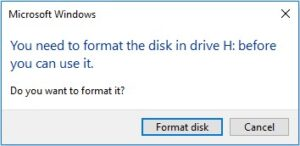How to Recover Files From the Corrupted USB Flash Drive
- Home
- Support
- Tips Data Recovery
- How to Recover Files From the Corrupted USB Flash Drive
Summary
Recovering data from corrupted USB flash drives is possible using specialized data recovery tools and services. It's crucial not to format the corrupted drive before attempting recovery, as this can reduce the chances of success. One recommended tool for Windows users is Renee Undeleter, known for its reliability, user-friendliness, and reasonable pricing. The software offers a free trial that allows recovery of up to 500MB of data.

Easy to use Only simple steps to recover data from storage devices.
Multiple scan modes Fast partition scan, whole partition scan and whole disk scan for different recovery needs.
File types Support to recover pictures, videos, audios, documents, mails, etc.
Supported storage devices Recover data from recycle bin, SD card, external disk, etc.
Supported systems Windows 10, 8.1, 8, 7, Vista, XP, 2000 and Mac OS X10.6, 10.7, 10.8.
Easy to use Only simple steps to recover data from storage devices.
Multiple scan modes - 3 scan modes for different recovery needs.
Supported storage devices Recover data from recycle bin, SD card, external disk, etc.
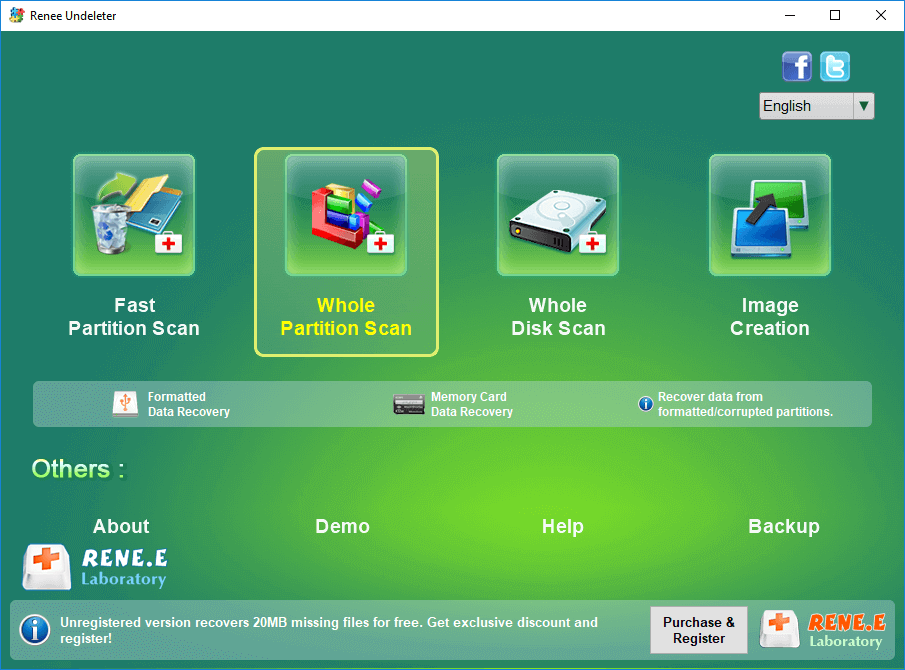
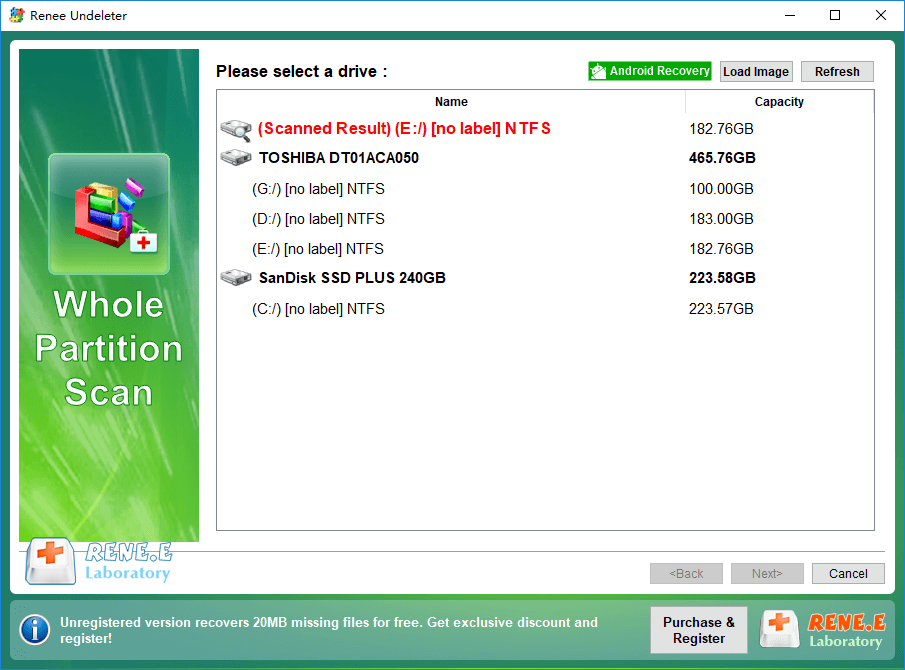
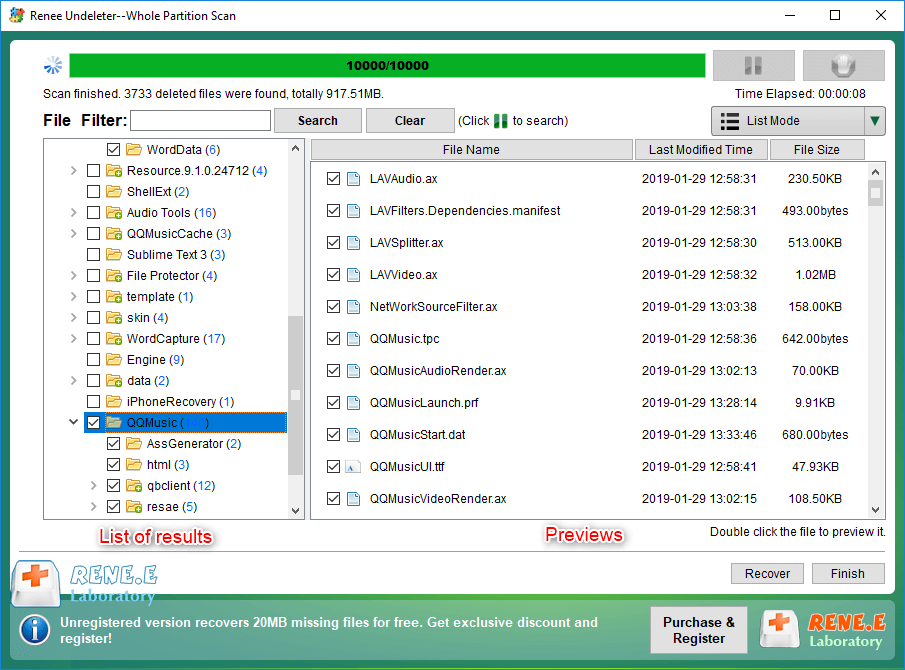
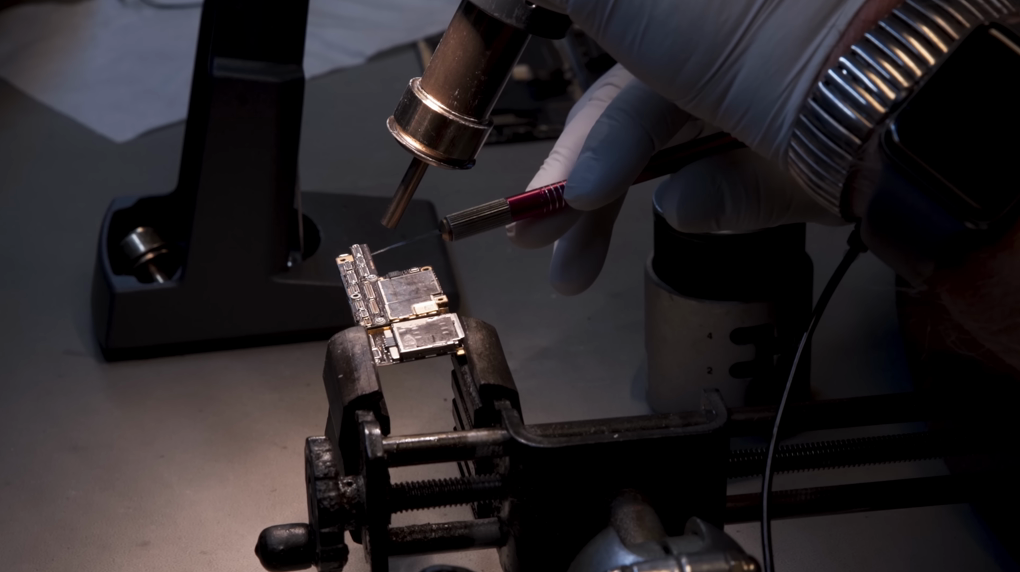
cmd, then right-click it and click on Run as administrator.
chkdsk F: /f /x /r and press Enter (Replace G with the drive letter of your USB.)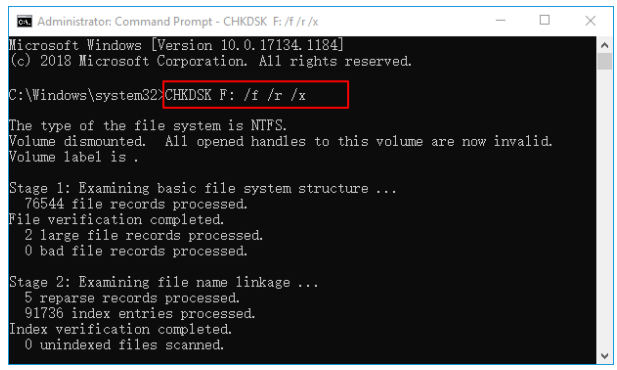
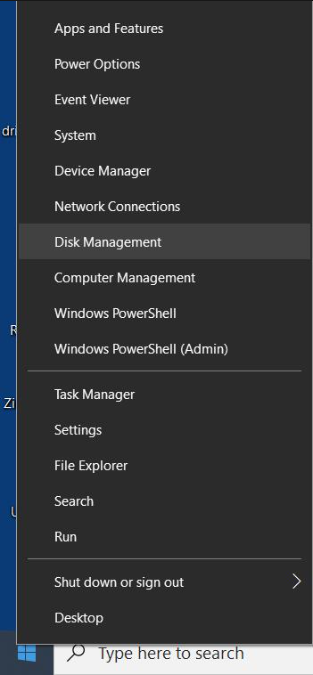
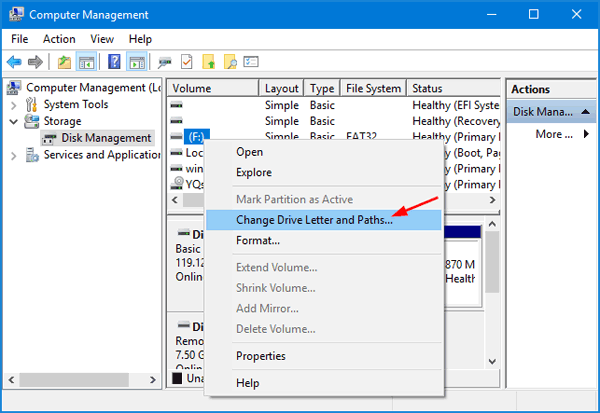
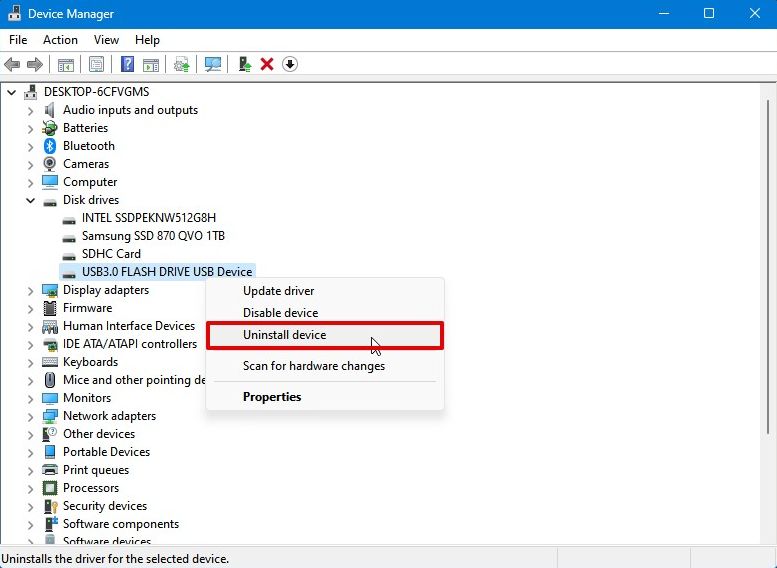




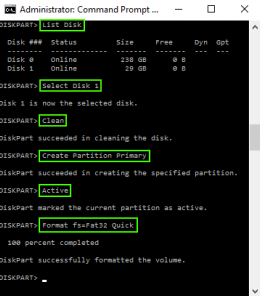
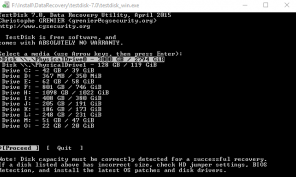

Easy to use Only simple steps to recover data from storage devices.
Multiple scan modes Fast partition scan, whole partition scan and whole disk scan for different recovery needs.
File types Support to recover pictures, videos, audios, documents, mails, etc.
Supported storage devices Recover data from recycle bin, SD card, external disk, etc.
Supported systems Windows 10, 8.1, 8, 7, Vista, XP, 2000 and Mac OS X10.6, 10.7, 10.8.
Easy to use Only simple steps to recover data from storage devices.
Multiple scan modes - 3 scan modes for different recovery needs.
Supported storage devices Recover data from recycle bin, SD card, external disk, etc.
Relate Links :
Methods to Recover Wiped Hard Drive on Windows
23-09-2024
Amanda J. Brook : There are three primary methods to recover data from a wiped hard drive on Windows. The first method...
USB Drive Needs to Be Formatted? Here's the solutions
23-09-2024
Ashley S. Miller : The article discusses alternative solutions to fixing a USB drive that prompts for formatting without losing data. It...
How to Recover Data from an exFAT Drive on Windows 10
23-09-2024
Amanda J. Brook : The article discusses the process of recovering data from an exFAT Drive on Windows 10 using third-party recovery...
Sony XQD Card Data Recovery: A Comprehensive Guide
22-09-2024
Ashley S. Miller : Sony XQD cards are known for their reliability and performance, making them popular among photographers and videographers. Despite...
- How to Recover data from Corrupted USB Drives?
- Method 1: Data Recovery Software
- Method 2: Data Recovery Services
- How to Fix Corrupted Flash Drives?
- Method #1: Use CHKDSK Windows Command
- Method #2: Assign a New Letter to the USB Drive
- Method #3: Install New USB Drivers
- Method #4: Format The Drive
- Method #5: Use USB Drive Repair Tools
- Signs And Reasons of Flash Drive Corruption
- Conclusion





